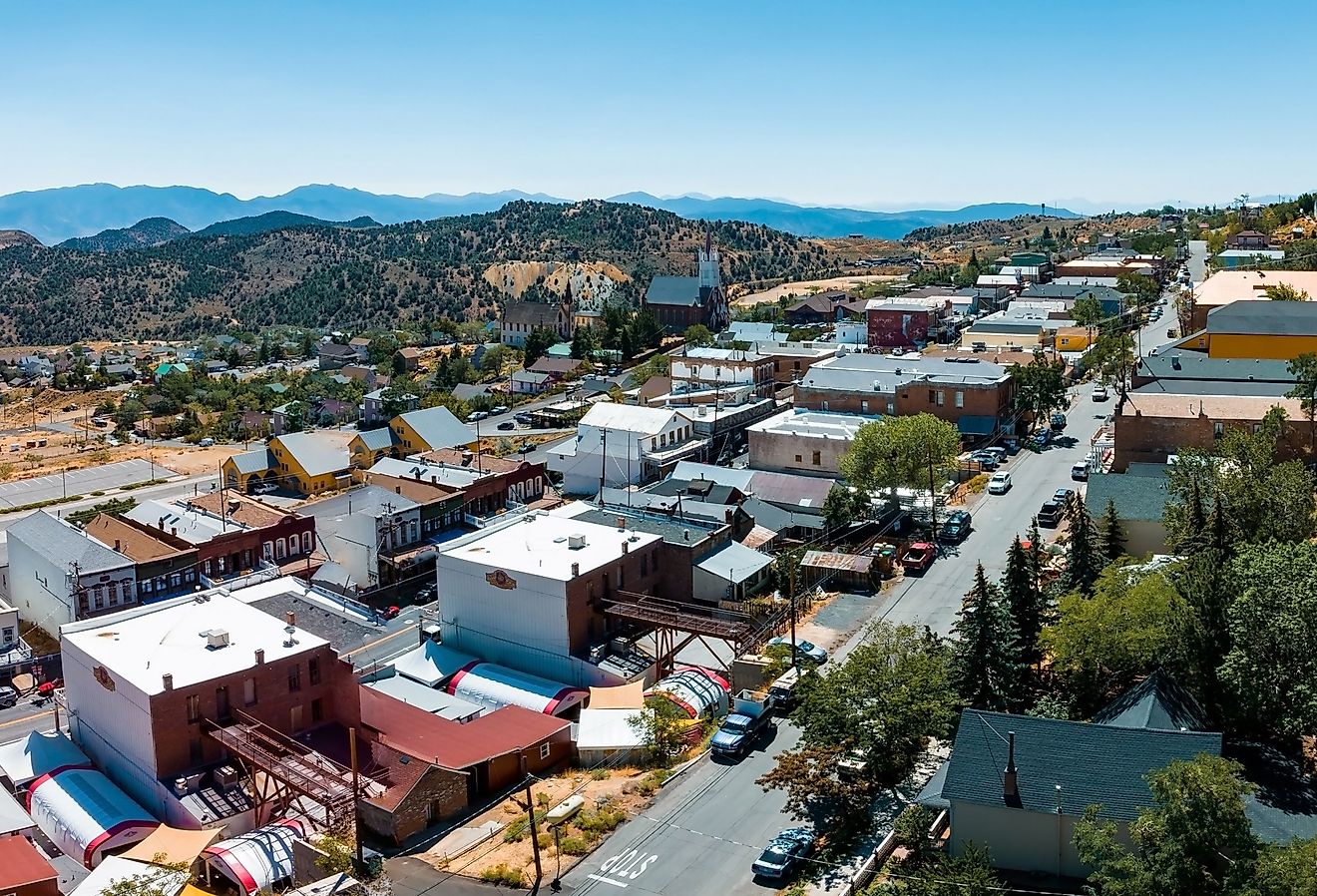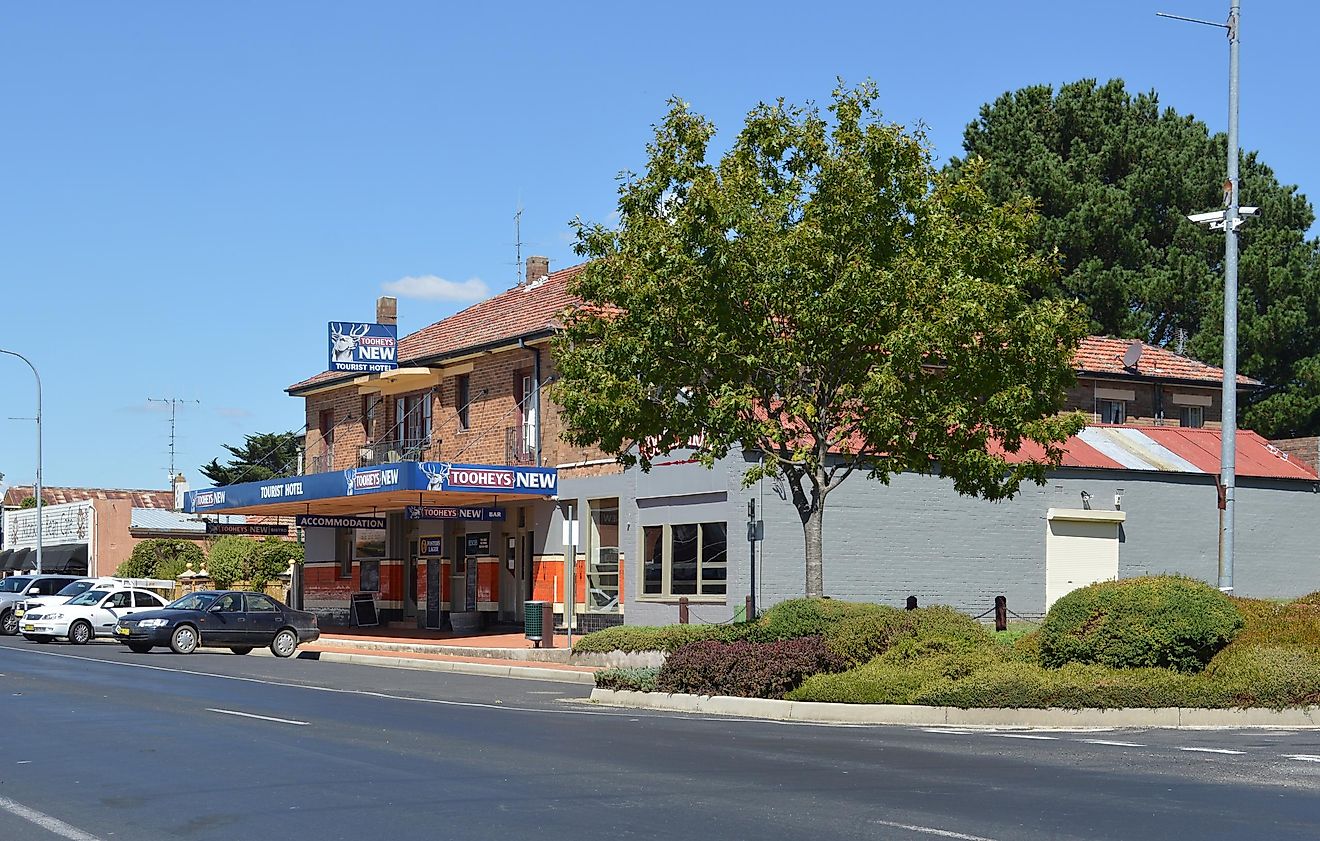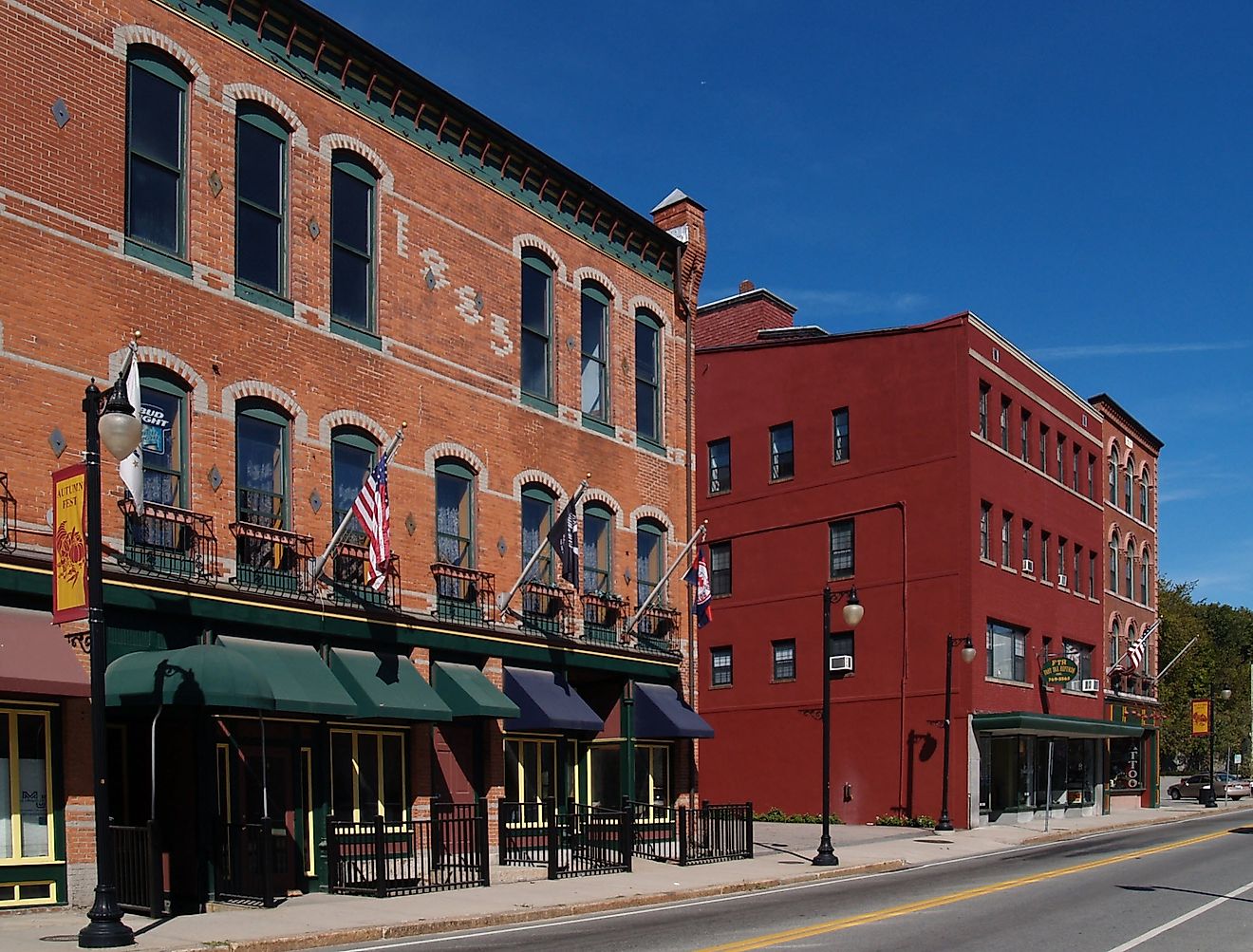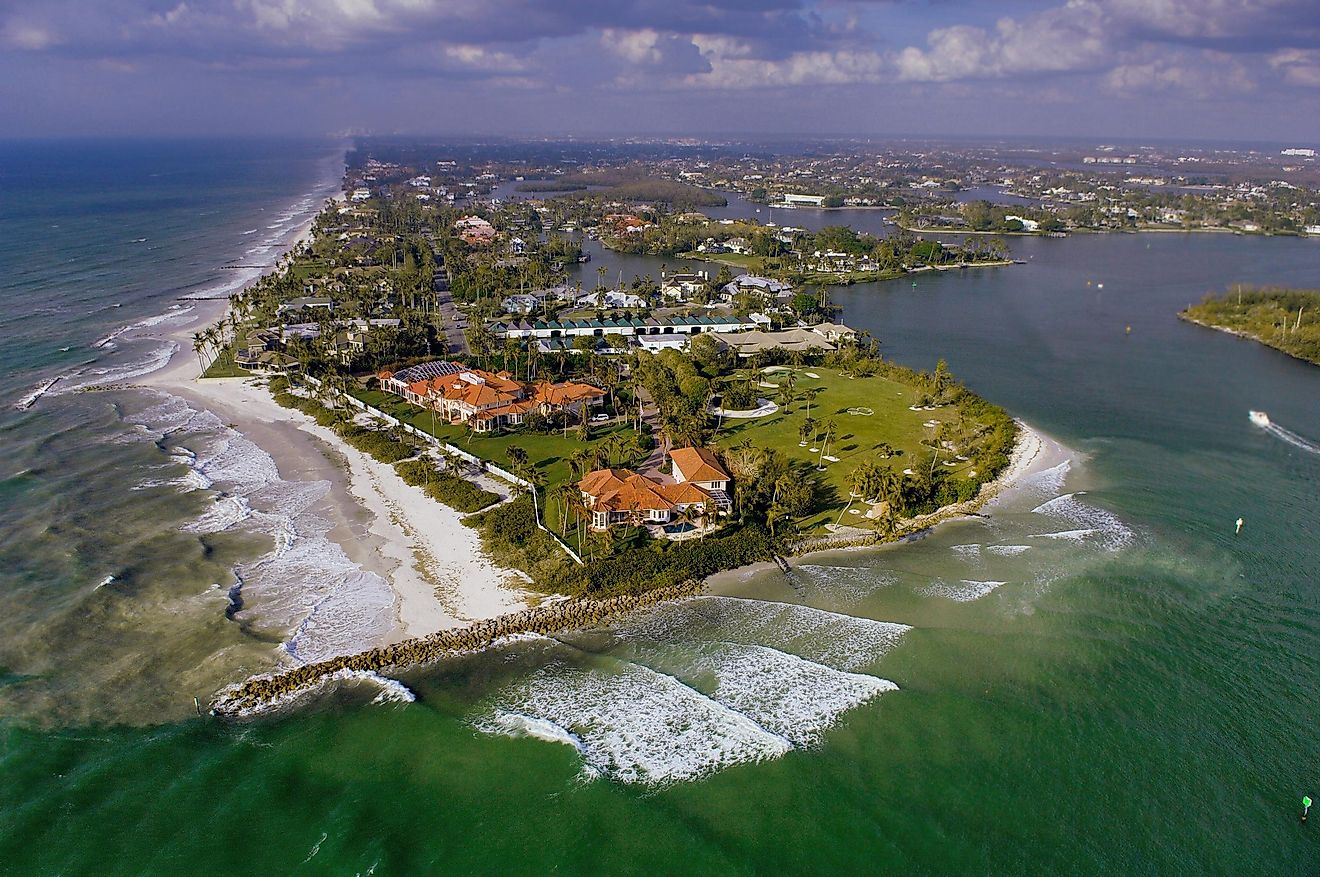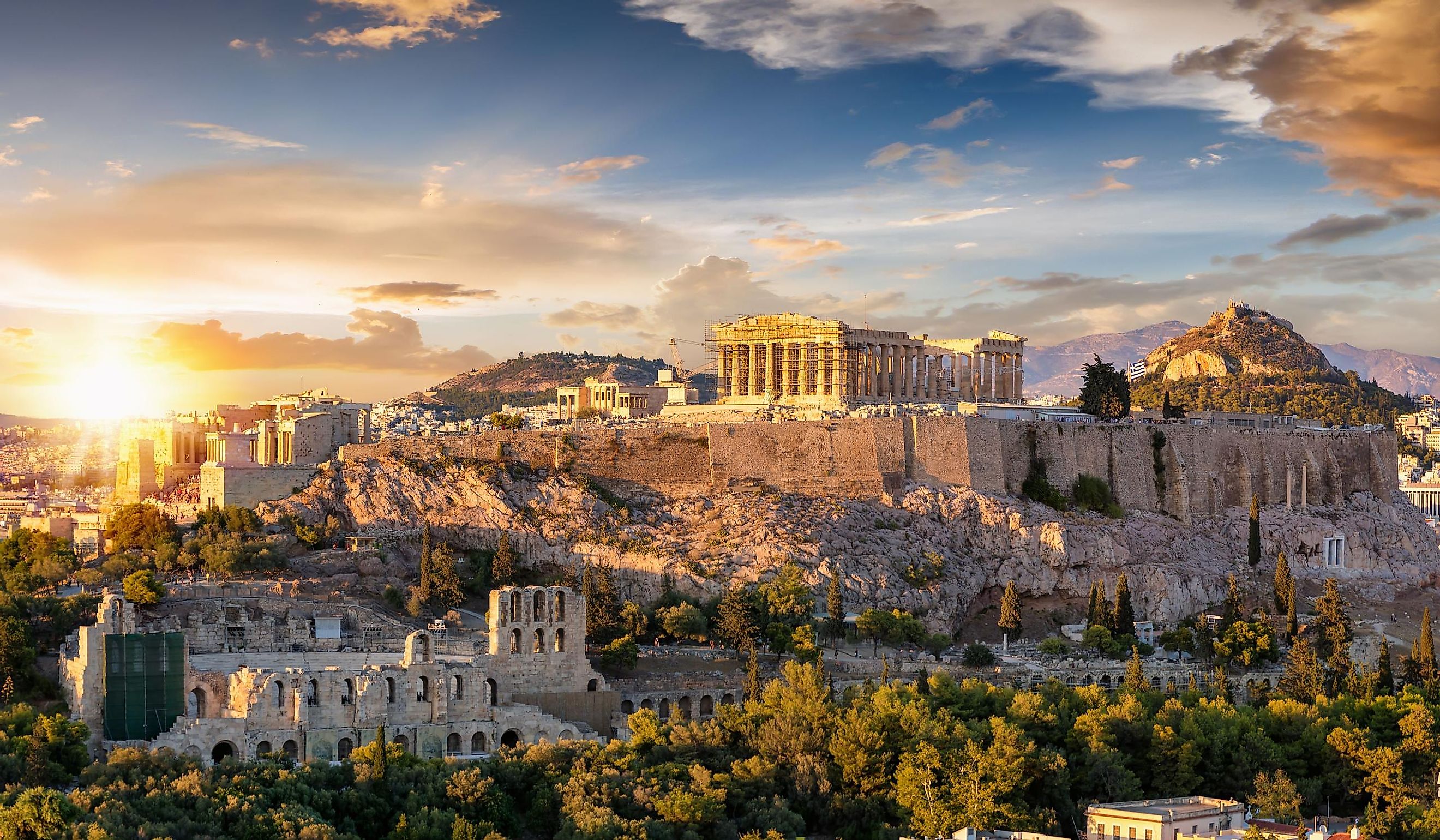
7 Strange Discoveries About the Acropolis of Athens
As far as historical landmarks go, the Acropolis of Athens is one of the most beloved. It's possible to spot the ancient citadel on an outcropped hillside covered in rocks. Travelers are welcome to track down its location above the brilliant city of Athens, Greece. Its historical significance and fabulous architecture have turned it into a blissful vacation destination for history buffs and curious individuals who want to learn more about ancient mythology and civilization. There’s something incredibly artistic about the way the Acropolis of Athens looks from an outsider's perspective. There’s much to uncover about the Acropolis of Athens beyond its general location, though. Here are a few discoveries about the Acropolis of Athens to become aware of before potentially taking a trip there yourself.
The Acropolis of Athens was a beacon of Greek resistance to Nazism

The German War Flag being raised on the Acropolis of Athens, April 1941. In Wikipedia. By Bundesarchiv, Bild 101I-164-0389-23A / Theodor Scheerer / CC-BY-SA 3.0, CC BY-SA 3.0 de, Wikipedia
Let’s rewind to April 1941 for a moment. When Greece came under Hitler’s rule at the time, a swastika was placed at the top of the Acropolis. Many Greek citizens weren’t on board with Hitler’s regime and were willing to risk it all to stand up for their beliefs. Manolis Glezos and Apostolos Santas are two college students who put their own lives on the chopping block to defend the Acropolis of Athens. They snuck past guards to reach the top, where they could remove the swastika flag. Their act of resistance was not only brave...It was heroic. Their courageous actions helped build confidence in the spirits of other people living in Greece at the time.
The Acropolis of Athens was constructed in the 5th century BC
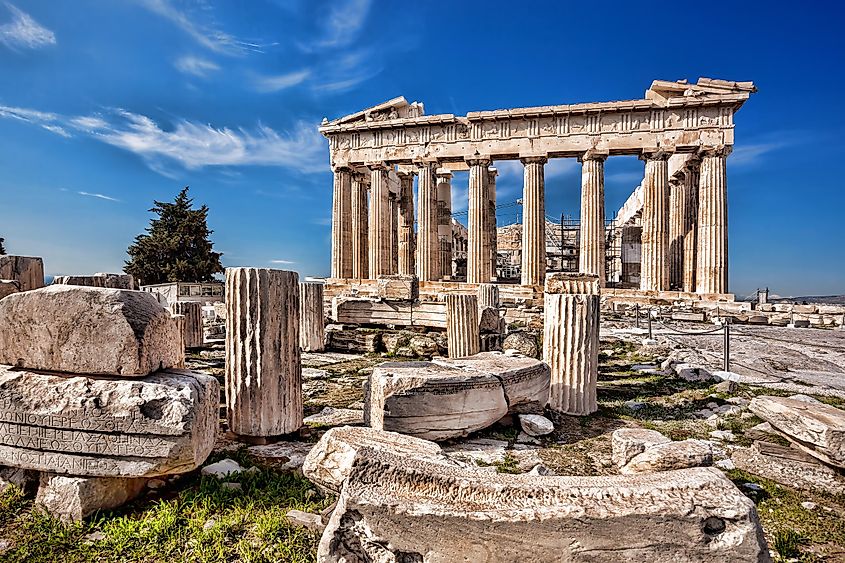
If you’re curious to know exactly when the Acropolis of Athens was constructed, the truth is that it was an extremely long time ago. It was built (for the most part) in the 5th century BC. Much of what people recognize today when spending time at the Acropolis of Athens was brought to life during that particular era. The Parthenon is considered the centerpiece of the Acropolis of Athens. At the time, it was developed using 100,000 tons of marble. The marble blocks were smoothed and carved down to fit together flawlessly. Plenty of travelers would agree that seeing the Acropolis of Athens standing strong so many years later is astounding and impressive. The construction efforts from so many centuries ago have been valiant.
The name translates to “City on the Air”
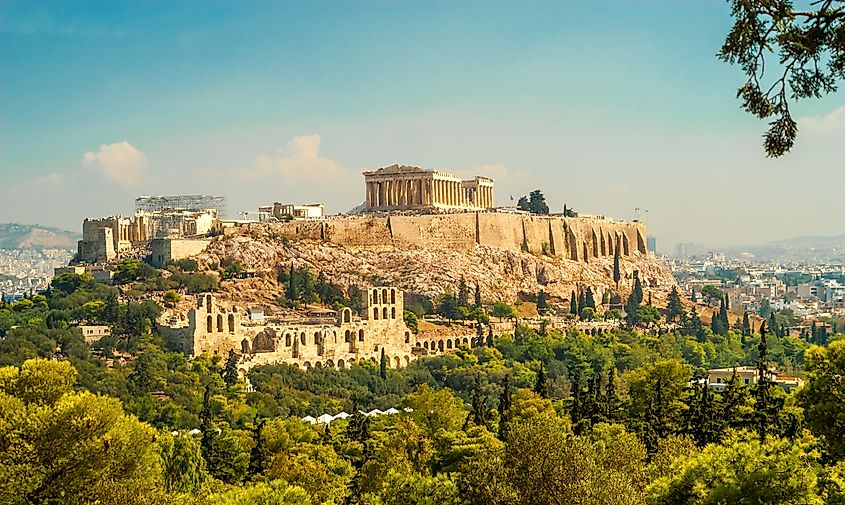
When translating what the Acropolis of Athens actually means, it translates to “City on the Air.” The name makes sense since the Acropolis was built on such a physically high hillside. Along with translating to “City on the Air," it also translates to “High City" or “City on the Extremity." An extremity is the furthest limit of something, which could easily refer to the height of an object. "Acropolis" is a word that comes from the Greek language, but it is now used to describe buildings and structures that are constructed in highly elevated areas around the globe. Functioning in places that are highly elevated means dealing with higher altitudes and reduced oxygen levels. This is something the original settlers dealt with in their daily lives.
The Acropolis of Athens was once hit by a cannonball
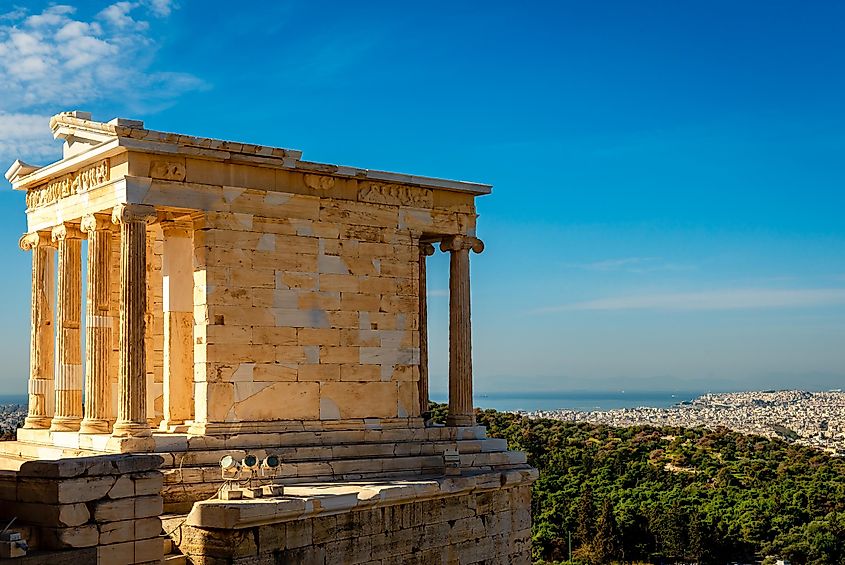
Knowing that the Acropolis of Athens has been through some severe damage in the past might be quite shocking. The truth of the matter is that the Acropolis of Athens has been through the wringer. Back in 1687, it was hit by a cannonball when the Venetians tried to lay siege to the area. The Acropolis of Athens had to be rebuilt in some places based on the damage done. This is because the Parthenon was full of gunpowder at the time. Another destructive moment for the Acropolis of Athens occurred when the Turks destroyed the temple of Athena Nike in exchange for additional space to hold a canon battery. The difference is that the destruction of the temple of Athena Nike was intentional and productive.
The Parthenon was dedicated to the Greek goddess Athena
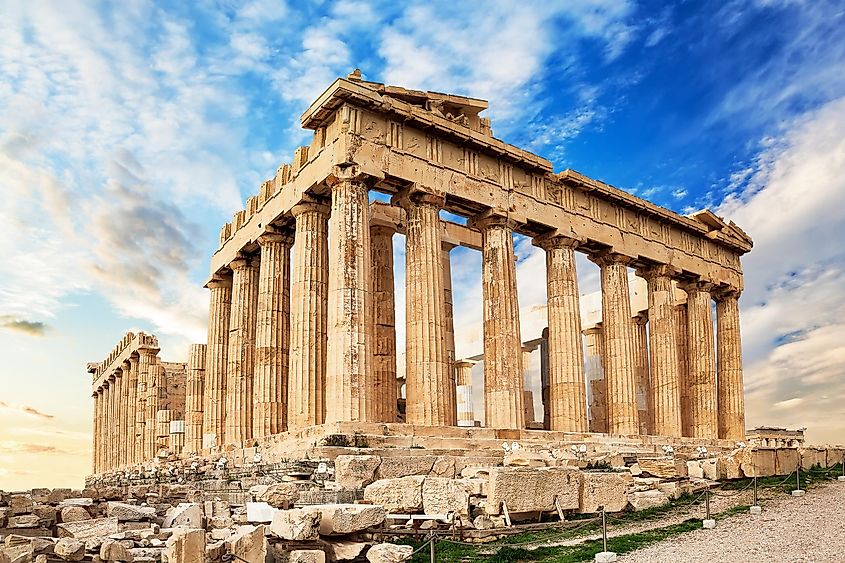
When it comes to Greek mythology, there’s a lot to explore and analyze. The Greek goddess Athena was known as a virgin who was worshiped by the Athenians. Since “Parthenon” means “House of the Virgin,” the Parthenon of the Acropolis of Athens was designed with her in mind. Athenians were determined to celebrate and praise Athena since she was a goddess recognized for wisdom and intelligent military strategies. Other Greek gods and goddesses were honored for things such as their aesthetic beauty, ability to provide pleasure, or religious values. Athenians who aimed to stay prepared for wars against enemies leaned on their prayers to the goddess Athena for confidence and battlefield prowess.
The Propylaea was never completed
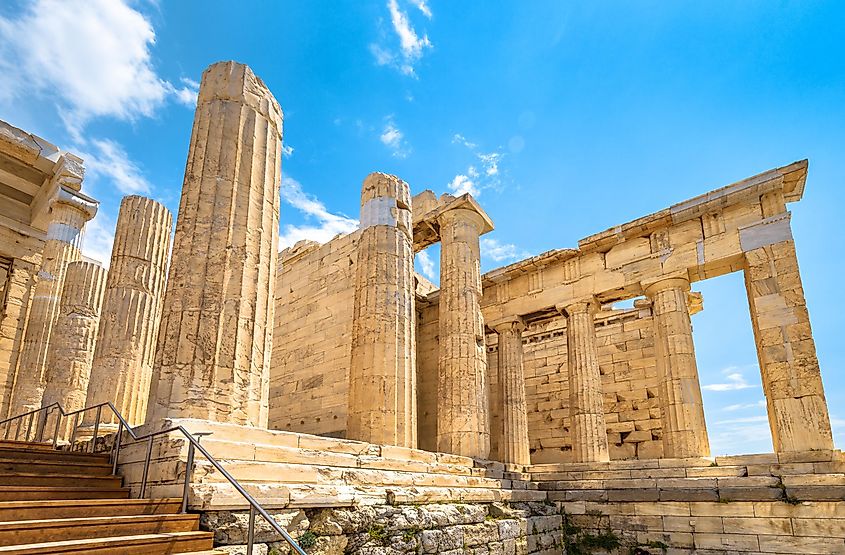
As shocking as this might sound, the Propylaea remains unfinished to this day. The Propylaea, also known as the gatehouse temple, exists as the breathtaking stairway people must climb to reach the central monuments of the Acropolis. Building the Propylaea cost the people of the land millions of dollars at the time when translated to today's money value. Despite such a massive investment, the finishing touches were never honored. One of the reasons for the hold-up likely revolves around the Peloponnesian War against Sparta. Even after the war concluded, the Propylaea didn’t get the ultimate closure it required with those final touches.
The Acropolis of Athens is NOT one of a kind
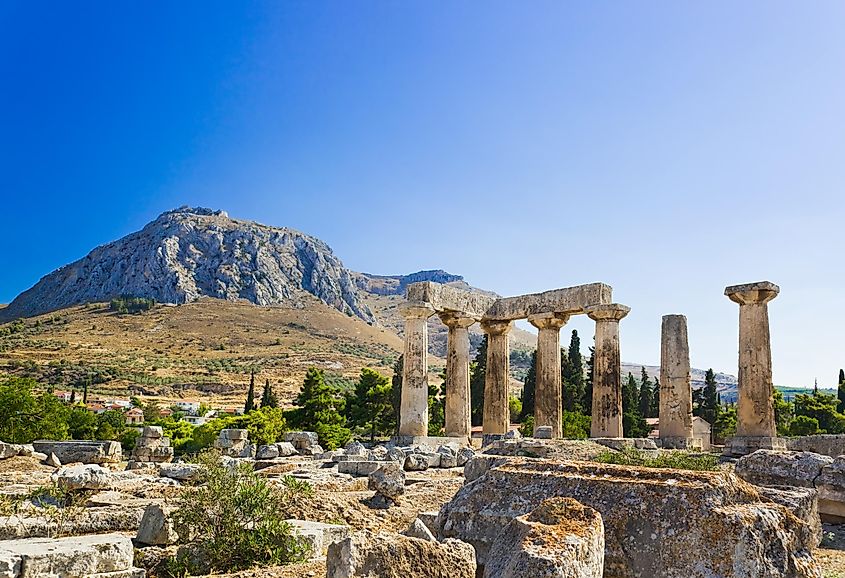
While some folks might jump to the conclusion that the Athens of Acropolis is one of a kind, that's completely false. In reality, loads of Acropolises spread throughout Greece many centuries ago. Whether they were constructed for religious or military reasons (or both), they were quite widespread. It was possible to come across Acropoleis in Corinth. People venturing into Rhodes could find them there as well. Ultimately, just about every single city in Greece had an Acropolis. Mycenae and Tyrins are two other places where it would've been a cakewalk to find one. Even though there are other Acropoleis to visit, the Acropolis of Athens maintains its reputation as the most noteworthy.
Over 1 million visitors make their way over to the Athens of Acropolis every single year. It's certainly one of the most beloved and appreciated destinations within the country of Greece. A guided tour of the Acropolis of Athens will cost you about €51, which translates to $55.13. Laying eyes on all that Athens of Acropolis has to offer is an enticing dream for plenty of vacationers who have a taste for history. The breathtaking sculptures, the Theater of Dionysus, the Temple of Athena Nike, and the gateway to the Propylaeum are just a few of the sites to explore. The Healing Temple of Asclepius is another vital stop to make when discovering more than 2,500 years of riveting history.


